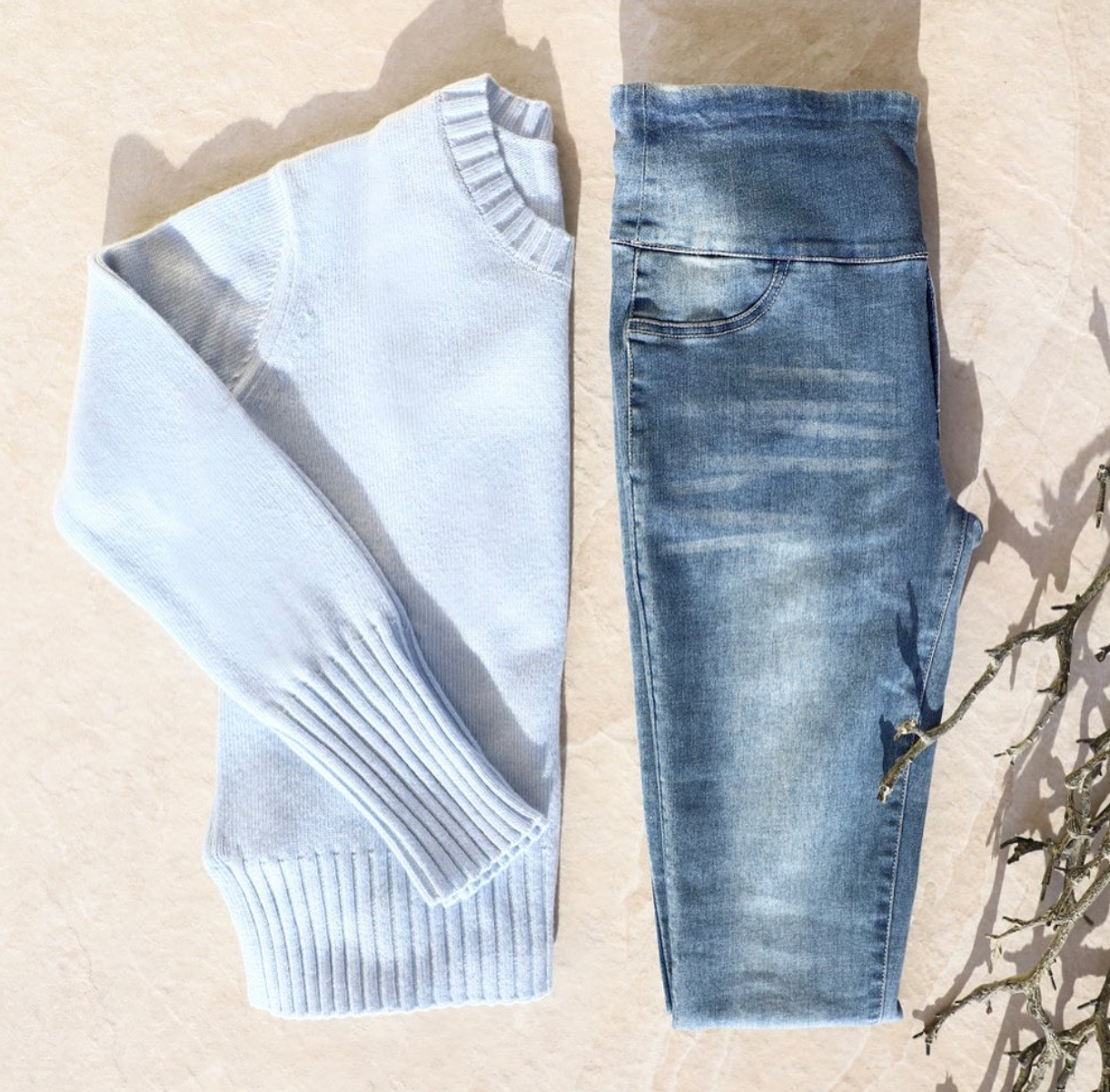
For most mums, breastfeeding comes easily and naturally, while for others it takes perseverance and commitment. And although your body is designed for breastfeeding, it is possible to run into problems along the way.
Issues can range from cracked and bleeding nipples to unusual swelling and hardening of the breasts. These symptoms may require medical attention as uncomfortable hardness can be an early indicator of mastitis, an infection caused by blocked ducts. This infection can lead to flu-like symptoms and to overcome will usually need antibiotics.
What is Mastitis?
Mastitis is an infection caused when one or more of your ducts become blocked, and it is more common in new mums as they tend to have an abundance of milk. First-time mothers are more likely to contract mastitis usually within 10 to 28 days following the birth of their baby.
Because early signs of mastitis include flu-like symptoms you might not realize you have it. It is also common to feel fatigue, which you might ignore – we all know that being tired is also a ‘symptom’ of new-motherhood!
Some of the factors that can contribute to mastitis include:
-
Improper latch or positioning during breastfeeding
-
Sleeping on your tummy
-
Improper nursing bras or poor fitting nursing bras
-
Pressure from the strap of a purse or diaper bag across the breast
Other factors can include an inconsistent feeding schedule as well as shortened feedings which can interfere with your milk being drained properly.
Tips to Avoid Mastitis
There are some precautions you can take to avoid mastitis including:
-
Be sure you are wearing proper fitting nursing bras that provide full support for your breasts.
-
Avoid sleeping on your tummy.
-
Do not carry purses or bags across your chest. Keep straps on the shoulder instead.
-
Empty your breasts frequently and completely.
-
Apply warm and moist heat to your breasts before nursing using warm compresses.
-
Drink plenty of fluids, preferably water.
-
Buy proper breastfeeding clothes so you do not miss a feeding when out with your baby.
-
If your breasts feel full and uncomfortable try feeding baby with him lying on the floor and lean above him with your breast falling into his mouth.
-
Feed with your sore breast first to expel the milk.
-
If your breast feels tight, massage the aureole before feeding to encourage the blockage to loosen.
At Peachymama, we have designed a great range of fashionable breastfeeding tops and nursing dresses to make it oh-so-easy to breastfeed discreetly and conveniently, wherever you are. This season’s nursing clothes have been especially popular, check them out here.
Further Reading:
https://www.betterhealth.vic.gov.au/health/HealthyLiving/breastfeeding-dealing-with-mastitis


